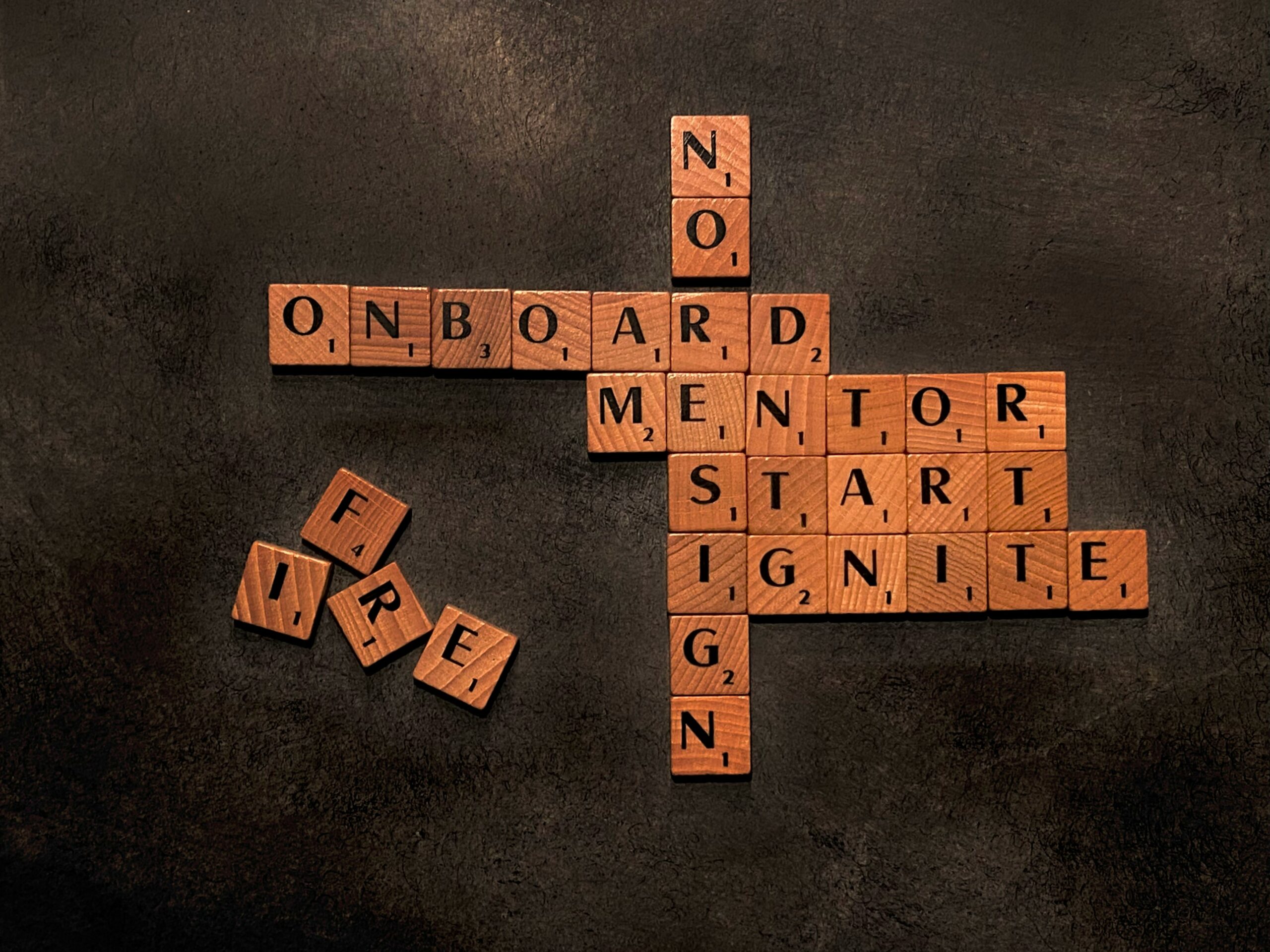Seven steps, nine steps, ten steps.
One page, five pages or 30 pages.
Everyone has a different view on how to write a business plan. Google it, and you’ll get 4 billion (yes, billion!) hits. So if you’ve found this blog via Google, then lucky you.

That’s before you even start the debate between business plans and business models.
In essence, whichever route you choose, the business plan is a framework within which you can start and run your business with as much risk removed as possible. This gives your greater potential to succeed and grow.
A business plan is inherently strategic. You’re starting from a certain point, where you are today, with certain resources, and you’re setting out how you plan to get to a certain point in the future when you will have a different set of resources.
If you’re not careful, writing a multiple-page business plan can be a waste of time. They can be long-winded, take ages to produce and are usually out of date before you’ve finished.
In the words of Alexander Osterwalder, the creator of the business model canvas, “lengthy business plans often increase the risk of failure”.
You can end up with a well-developed document that simply describes an opportunity rather than something that shows how you’re going to make money.
Agile business planning
If the last couple of years has taught us anything, it’s that to succeed in today’s uncertain world, a business needs to be agile. This means your business plan needs to be agile. It needs to be an ongoing project for the good of your business, not a one-off exercise.
Having a plan that is constantly revisited and visible makes the chances of success far greater.
I learnt the hard way, which is why I am an advocate of the Business Model Canvas.
It gives you the flexibility a growing business needs.
The components of the Business Model Canvas (BMC)
The Business Model Canvas is a great tool to help you with the building blocks of your business, all on one page.
The nine components of the BMC are as follows:
- Unique value proposition – how you solve your customers’ problems
- Customer segments – the people for whom you are creating value
- Key Resources – such as skills, funding, legal advice
- Channels – how will you reach out to prospective customers
- Customer Relationships – how you acquire customers, how you retain them and how you grow them
- Revenue Streams – how your business will make money
- Key Activities – product development, sales, marketing etc
- Key Partners – outside resources that help your business model (e.g. suppliers, strategic alliances etc)
- Cost Structure – fixed, variable, and other costs you have to pay
The benefits of the Business Model Canvas (BMC)
- Greater flexibility
You can adapt business models. Business plans quickly go out of date, so models allow you to be more flexible and adapt as other factors around you change.
- A better visual representation
A business model is more visual. On one piece of paper, you have everything you need to plan and map out your strategy and enable decisions to be made.
- Enables clearer communication
The visual nature of the BMC makes communication both internally and externally easier. They’re also easier to understand, whether you’re a team member, business advisor or investor.
- Helps you define how you’re going to do things
I believe a business model canvas makes it easier to define how you’re going to get your product to the right customers by thinking about your target customer needs.
- Increases your chances of success
By helping you plan the steps you need to take to reach your markets, the BMC helps with your marketing strategy and joins the dots between your positioning and revenue streams.

There’s no right or wrong way to write a business plan. You need to pick a format that works for you. What’s important is that the plan meets your needs, adds value to your business, gets you to where you’re heading or helps get you the funding you’re looking for.
Check out the Business Model Canvas here https://www.strategyzer.com/blog/posts/2015/2/9/why-and-how-organizations-around-the-world-apply-the-business-model-canvas



